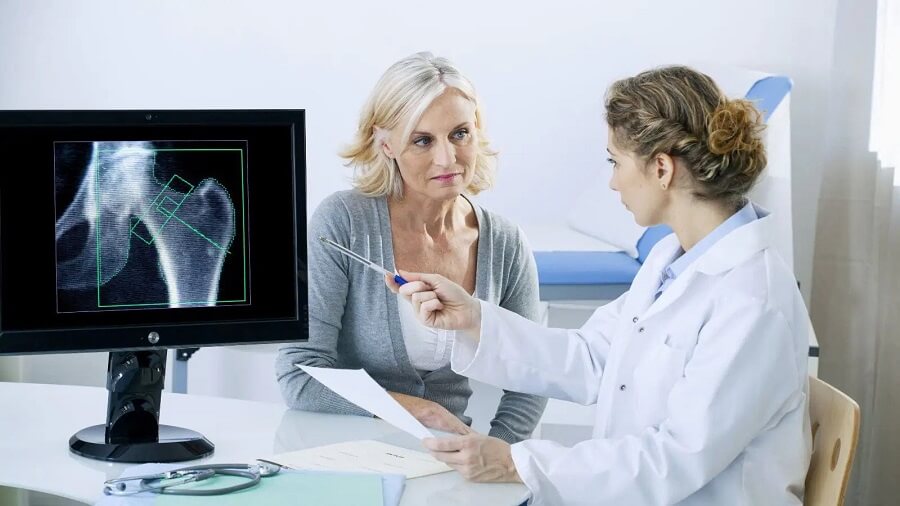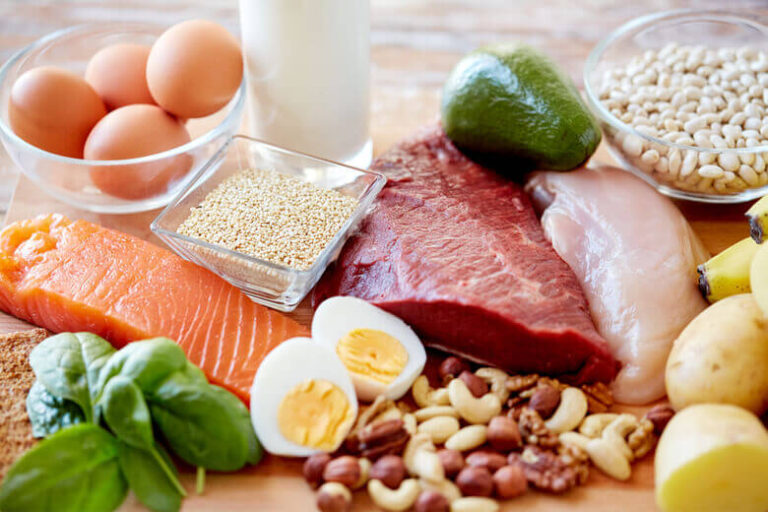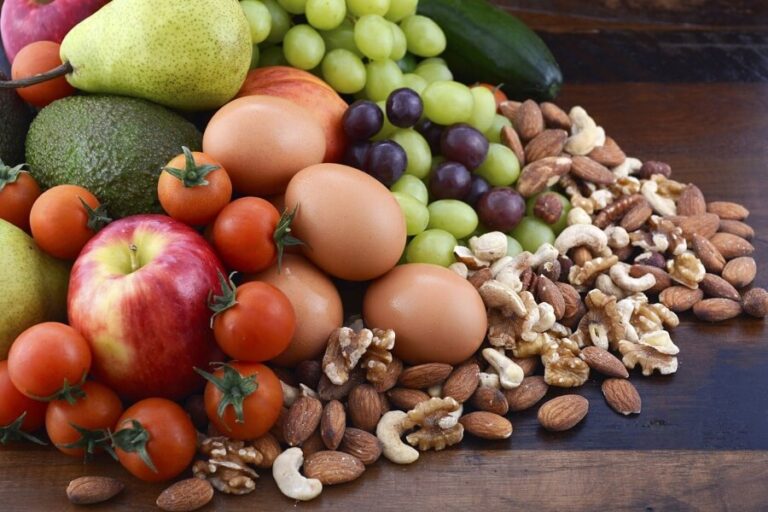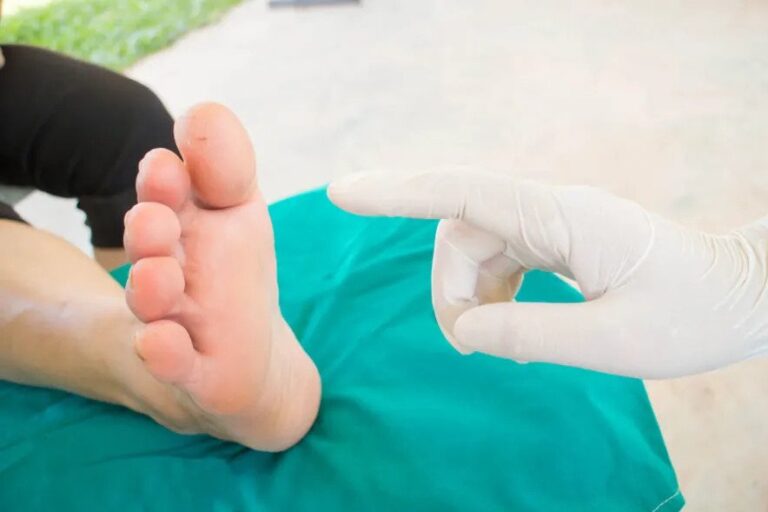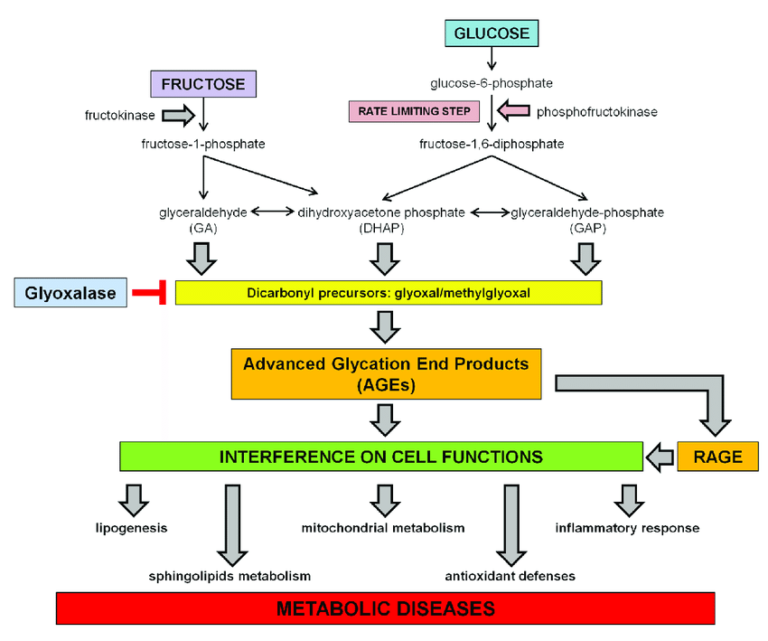During the menopausal transition period, the drop in estrogen leads to more resorption than bone formation, resulting in osteoporosis. (1)
Reduced estrogen levels significantly contribute to osteoporosis, although it is not the only one. Other factors can be responsible for the weakening of the bones, such as a genetic influence, the level of physical activity, and the amount of calcium you consume. (2)
When these factors combine, osteoporosis can start or develop faster. This is particularly important after menopause in women, as it means more significant health risks such as osteoporotic hip fractures.
Fortunately, you can take steps to help prevent osteoporosis from ever happening. Just as if you already have osteoporosis, treatments can significantly reduce the rate of bone loss.
This article describes the connection between osteoporosis and menopause in women and describes proven ways to help prevent bones from weakening after age 40-50.
What is osteoporosis?
The word osteoporosis means “porous bone” and is defined as a decrease in bone density that results in the deterioration of the microarchitecture of the bones.
Osteoporosis often has no symptoms. So it is not discovered until the weakened bones cause painful fractures, usually in the back or hips. Unfortunately, once you have a broken bone due to osteoporosis, you are at high risk for another. And these fractures can be debilitating.
Osteoporosis is a growing health problem worldwide, and its complications are as common as other complications of common chronic diseases such as hypertension and diabetes.
An estimated 200 million people are affected by osteoporosis in the world. By 2050, osteoporosis patients with hip fractures are expected to exceed 6 million (including men and women), 3/4 of whom reside in developing countries. (3,4)
Osteoporosis is four times more common in women.
Although osteoporosis and its complications affect both sexes, the rate of decrease in bone density is higher in older women. (5.6)
According to a systematic analysis, women over 50 have a four times higher rate of osteoporosis and tend to suffer fractures 5-10 years earlier than men. (4)
According to another study, osteoporosis is four times more common in women than men, but some evidence indicates that men have more related complications. (5)
Women begin to lose bone at a younger age and faster than men.
This is believed to be, among other things, due to estrogen deficiency. Estrogens play an essential role in the reabsorption of calcium in the body, and their lack leads to increased bone wear.
Seven practical ways to prevent osteoporosis
Achieving high peak bone mass is essential for bone health and plays a vital role in preventing osteoporosis.
What does this mean? Our bones are forged from childhood, and the process continues into adulthood. But after 30 to 40 years, the accumulation of bone mass reaches a maximum value. After that, bone mass decreases typically.
This maximum value is significant since it is considered a critical point in determining the impact of natural wear and tear over time. Studies report that hip fractures could be reduced by 30% with an increase in peak bone mass of just 10%. (2)
Therefore, prevention is much more effective than cure when it comes to osteoporosis. If you are during menopause and think you are at risk, addressing the problem as soon as possible help prevent complications in the future. Here are seven proven ways to prevent osteoporosis:
- Exercise
Exercise strengthens your bones and helps prevent bone loss. This is because exercising regularly, especially in youth, helps mechanically compress the bones. The result is: to accumulate a more significant amount of bone mass and increase its density.
A non-sedentary lifestyle also helps you stay active and mobile. In addition to strengthening your bones, exercise helps build strength in your muscles.
Weight-bearing exercises, performed at least three to four times a week, are best for preventing osteoporosis. Additionally, strength and balance exercises can help you avoid falls, reducing your chances of breaking a bone.
Eat foods rich in calcium relationship between calcium intake and bone mineral density (BMD) is a widely studied topic. Although this association is very complex, and there are still aspects to be understood, most studies converge that a lack of calcium can contribute to an increased risk of osteoporosis.
A 2020 study of Polish women over 55 found that lower calcium intake was associated with significantly more fractures caused by osteoporosis. (6)
Other studies claim that higher calcium intake is associated with higher bone density in children, as well as higher bone mass, lower risk of osteoporosis, and lower risk of fracture in adults and the elderly. (8.9)
In short, getting enough calcium helps build and maintain strong bones. You are emphasizing that it is not only about taking calcium after menopause but also providing sources of calcium throughout your life.
The recommended daily allowance of calcium for adults with an average risk of developing osteoporosis is 1,000 mg (milligrams) per day. For those at high risk of developing osteoporosis, such as postmenopausal women, the recommended daily dose increases to 1,200 mg per day. (6)
Excellent sources of calcium are dairy products, canned fish with bones like sardines, green leafy vegetables like kale, and broccoli.
- Vitamin D
Your body uses vitamin D to absorb calcium. Being in the sun for 20 minutes every day helps most people’s bodies make enough vitamin D.
You can also get vitamin D from eggs, fatty fish like salmon, cereals, and milk fortified with vitamin D. People ages 51 to 70 should get 600 IU a day. No more than 4,000 IU of vitamin D a day is recommended.
Talk to your doctor to see how much is right for you since too much vitamin D can damage your kidneys and even reduce bone mass.
- Supplements
Calcium carbonate and calcium citrate are exemplary forms of calcium supplements to prevent osteoporosis associated with menopause. Be careful not to consume more than 2,000 mg of calcium a day if you are 51 years of age or older.
If you think you need to take a supplement to get enough calcium, check with your doctor first. Too much can increase the chance of developing kidney stones.
- Estrogens
Estrogens are a group of hormones produced mainly by the ovaries, which help protect bones against bone loss. So estrogen therapy can be used as a treatment to prevent osteoporosis.
Replacing lost estrogen after menopause (when the ovaries stop most of their estrogen production) slows bone loss and improves the body’s absorption and retention of calcium. (10)
But, because estrogen therapy carries risks, it is only recommended for women at high risk for osteoporosis. To learn more, talk to your doctor about the pros and cons of estrogen therapy.
- Ask about medications that increase the risk of osteoporosis.
Steroids, some treatments for breast cancer (such as aromatase inhibitors), drugs used to treat seizures, anticoagulants (anticoagulants), and thyroid medications can increase the rate of bone loss.
If you take any of these medications, talk to your doctor about reducing your risk of bone loss through diet, lifestyle changes, and possibly additional medicines.
- Limit alcohol consumption and don’t smoke
Smoking makes your body produce less estrogen. Too much alcohol can damage your bones and increase your risk of falling and breaking a bone. Therefore, avoiding its use and abuse is essential to prevent osteoporosis.
Smoking treatments and weight loss are important modifiable risk factors; it is recommended to address them seriously after menopause.
ABSTRACT
The incidence of osteoporosis increases with age and is seen more frequently in postmenopausal women. This could be mainly due to the low estrogen.
Exercising with weights and ensuring your intake of nutrients such as vitamin D and calcium are natural ways to increase bone formation. This is important to increase the peak of maximum bone mass that occurs around the age of 30.
To prevent the typical wear and tear of the bones both in menopause and later in life, it is recommended to avoid alcohol, not smoke, and achieve a healthy weight.

